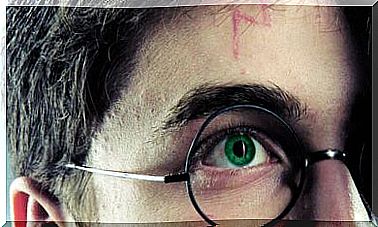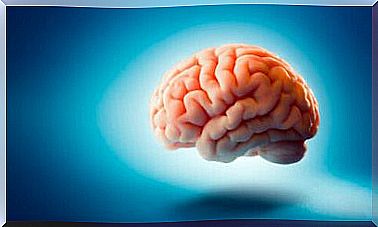Fine’s Cognitive-behavioral Model For Dissociative Disorders

A dissociative disorder involves mental fragmentation or disconnection. In any normal and healthy subject there should be a continuity between thoughts, memories, emotions, actions and identity. But in dissociative disorder this continuity is broken.
Dissociative disorders usually appear in reaction to trauma. They suppose a defense mechanism, a protection against the great pain experienced by the person. This causes distressing memories to be kept at bay and does not reach consciousness.
In this way, the patient avoids having to face again -even in the form of memories, nightmares or thoughts- that stressful situation. The problem is that, obviously, the meaning of his life is disintegrated.
Dissociative disorders are generally chronic in nature, but can arise in waves, depending on whether the patient is in a more or less stressful period.
Being a complex mental disorder, the intervention is not easy either . The task of the therapist is to bring to the surface all that is hidden. For this purpose, Fine’s cognitive-behavioral model was developed. It is an integrative model that satisfies exploration and stabilization requirements for treatment.

Objectives and principles of Fine’s cognitive behavioral model
In this model, safety, predictability, and consistency are favored. Therefore, it is a well structured therapy. There are two ways of explaining the goals of treatment to patients with dissociative disorder: achieving congruence of purpose and motivation of different parts of the mind, and experiencing the integrity of events and the continuity of history over time. , using the Braun model as a reference.
Braun’s model, called BASK, states that, in a nondissociative state, they experience events almost simultaneously. This simultaneity takes place along four dimensions: having knowledge of the event, associating behaviors with those events, having sensations and also affects.
The ultimate goal of Fine’s cognitive-behavioral model is, therefore, to reconnect the four dimensions of the BASK model for each lived event. Their multiple realities are renegotiated with the patient and they are transferred from a necessarily decontextualized life to one that is progressively being integrated.
Stages of the model
Fine’s cognitive-behavioral model is oriented toward phasic integration, where the initial suppression of the affect phase is followed by its dissolution. It is made up of two well differentiated stages:
- The stage of suppression of affect
It favors the initial suppression of affect throughout most of the person’s states, at a time when the affect is overwhelming and unmanageable.
The cognitive strategies used help the patient to focus on something other than affect. In this phase, personalities begin to be identified or the different states of the self become known. Much of the cognitive restructuring takes place in this phase.
The patient also learns new ways of dealing with old problems. At this stage, the therapist introduces interventions aimed at strengthening the self and hypnotic interventions are carried out aimed at security, modulation of affect and the reconfiguration of the different parts of the psyche.

- The stage of dissolution of affect
Once the patient has begun to unlearn old patterns and relearn currently more adaptive ones, the therapist will introduce abreactive work. This work dilutes the intensity of the affect without modifying the content of the patient’s experience.
A successive approach is carried out that includes the technique of systematic desensitization to overwhelming affects, preferring fractional reactions to total ones.
In addition to these two stages, the patient can bring material to therapy. You can bring primary and secondary post-trauma material, fantasies, and conspiracies to the session.
The primary constitutes the actual work with the original events that overwhelmed the patient. Secondary school involves working with what they were forced to witness, visual or auditory.
Collusion is very relevant in the patient with a dissociative disorder, often feeling like a child forced to find an explanation to respond satisfactorily to an abuser or to himself. Finally, fantasy provides a grateful escape from harsh reality.









